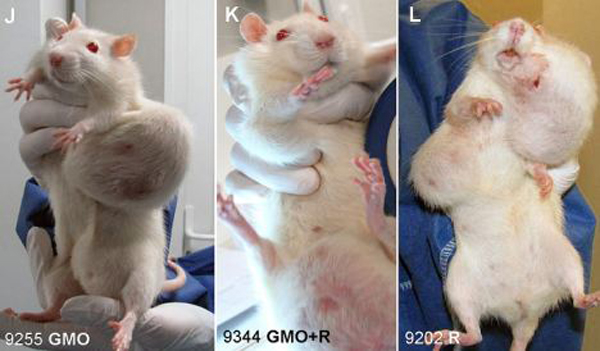Rare form of deadly eye cancer normally diagnosed in older men is killing young women in North Carolina – and doctors don’t know why
01/11/2018 / By Earl Garcia

Ophthalmologists in North Carolina were reportedly baffled by the increasing cases of an eye cancer known as ocular melanoma across the state, which affected nearly two dozen people and killed four patients within a 15-mile radius of Huntersville. According to experts, the eye disease affects five in one million patients and may commonly manifest in older men in their 60s. However, recent numbers showed that more than half of the cases in Huntersville were seen in women who were 30 years or younger. Health care providers said the factors behind the cases remain unclear.
“In all of our studies we’ve never found an environmental or genetic factor. There is a substantial number of patients in a relatively small area that’s beyond the usual instance. We’re taking dates and addresses of everyone – their every move, every church, home and any place they spent a lot of time. The medical community is surprised at the facts but we can’t prove any environmental figures at this time,” ophthalmologist Dr. Michael Brennan told Daily Mail online.
The most recent case was diagnosed in November last year. The patient, a 37-year-old woman named Jessica Boesmiller, was diagnosed with the eye cancer while eight months pregnant. This resulted in a complete removal of her eye. Another notable case was that of Summer Heath, who was diagnosed at 19.
In line with this, Dr. Brennan was awarded with a $100,000 grant in April to carry out a geospatial study in hopes of identifying a common characteristic among patients. The study was slated to examine 18 patients within a 15-mile radius, 13 of whom are women.
Causes and symptoms of ocular melanoma
According to the American Academy of Ophthalmology (AAO), ocular melanoma is a form of cancer that develops in the eye cells that produce pigment. The AAO noted that the disease may develop inside the eye or on the conjunctiva, in the same manner as melanoma develops on the skin. The organization confirmed that ocular melanoma is the most common form of eye cancer in older adults, but is otherwise rare. (Related: Red wine nutrient resveratrol blocks melanoma – Natural News Science.)
The health group noted several risk factors that may cause ocular melanoma, which include:
- Prolonged exposure to natural sunlight or artificial sunlight;
- Having light-colored eyes;
- Old age;
- Coming from Caucasian descent;
- Having certain inherited skin conditions and abnormal skin pigmentation; and
- Having a mole in the eye or on the eye’s surface.
According to the AAO, symptoms of ocular melanoma include:
- Having a dark spot on the iris or conjunctiva;
- Suffering from blurred or distorted vision or a blind spot in the peripheral vision;
- The sensation of flashing lights; and
- Marked changes in the shape of the pupil
Diagnosis and treatment for ocular melanoma
The AAO noted that ocular melanoma could be diagnosed using various tests such as:
- Ultrasound examination
- Fluorescein angiography
- Fundus autofluorescence
- Optical coherence tomography
- Biopsy
Likewise, the health group cited various treatment options for patients. The experts noted that treatments may vary depending on the location and size of the melanoma and the patient’s general health. Treatment options for the disease include ocular melanoma radiation, ocular melanoma surgery and conjunctival melanoma treatment, experts said.
Sources include:
Tagged Under: cancer, chemicals, disease causes, eye cancer, eye health, ocular melanoma




















